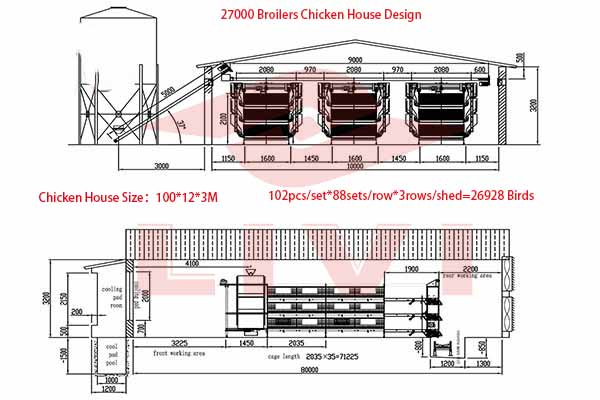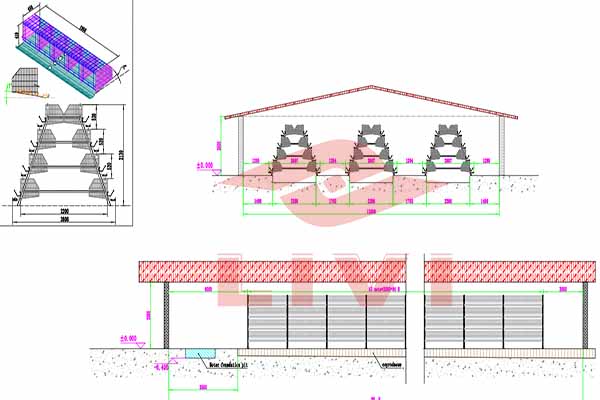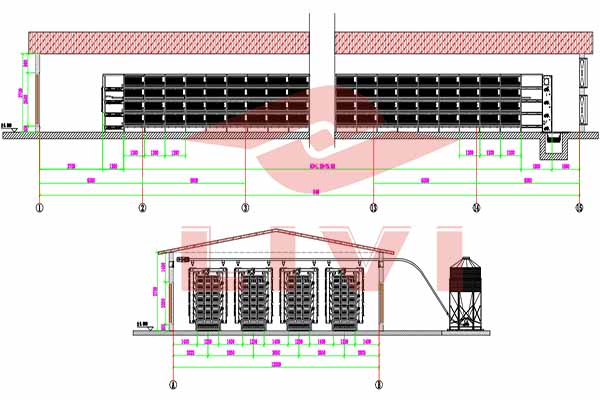What Power Source is Needed for Automation in Poultry Farming?
Automation in the poultry farming industry has become increasingly crucial for enhancing efficiency and reducing labor costs. To implement automation effectively, understanding the appropriate power source is essential. This article delves into the power sources required for automation in poultry farming, including their benefits and considerations.
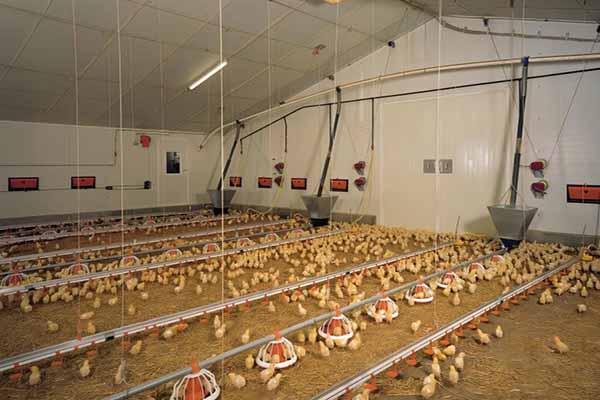
Types of Power Sources for Poultry Farming Automation
- Electricity: The most common power source for automation in poultry farming. It offers reliability and can power a wide range of equipment such as feeders, waterers, and environmental control systems.
- Solar Power: An eco-friendly option that is gaining popularity, especially in regions with abundant sunlight. It reduces electricity costs and is sustainable.
- Battery Power: Suitable for remote or areas with unreliable electricity supply. Battery-powered systems can provide autonomy and reduce the risk of power outages.
- Biogas: Utilizes poultry waste to generate electricity, offering a sustainable and cost-effective solution. It also helps in waste management.
Benefits of Each Power Source
| Power Source | Benefits |
|---|---|
| Electricity | Reliability, wide range of equipment compatibility, and scalability. |
| Solar Power | Environmental sustainability, cost savings, and minimal maintenance. |
| Battery Power | Autonomy, reduced dependency on the grid, and flexibility. |
| Biogas | Waste-to-energy conversion, cost savings, and environmental benefits. |
Considerations for Choosing the Right Power Source
When selecting a power source for poultry farming automation, consider the following factors:
- Location and Climate: Regions with high sunlight can benefit from solar power, while areas with frequent power outages may require battery backup.
- Initial Investment: Different power sources have varying upfront costs. Evaluate your budget and long-term savings.
- Operational Costs: Some power sources, like solar, have lower operational costs over time.
- Scalability: Choose a power source that can accommodate future expansion or changes in automation needs.
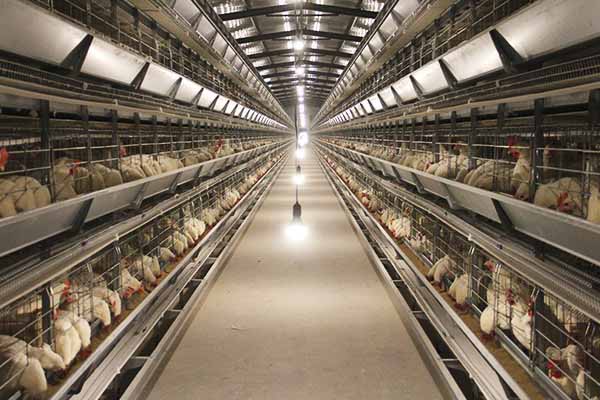
For instance, a study by the Poultry Science Association (2019) indicates that solar power can reduce electricity costs by up to 40% in poultry farms.
By choosing the right power source for automation, poultry farmers can achieve significant benefits, including increased productivity, reduced labor costs, and improved ani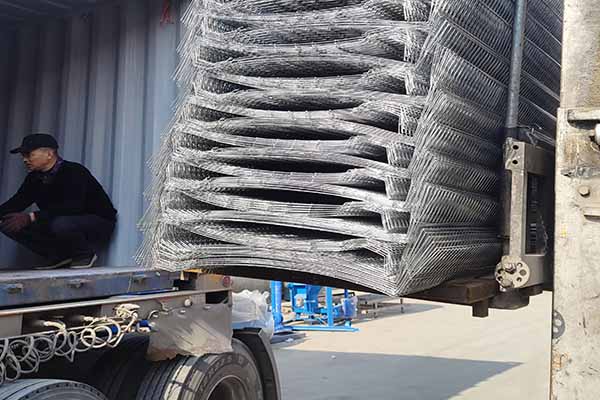 mal welfare.
mal welfare.
Conclusion
Choosing the appropriate power source for automation in poultry farming is a critical decision. By considering factors such as location, initial investment, operational costs, and scalability, poultry farmers and investors can make informed choices to enhance their operations.
Are you ready to explore automation solutions for your poultry farm? Leave a comment below or contact us for a free poultry farming automation design and equipment quote from LIVI Machinery.


